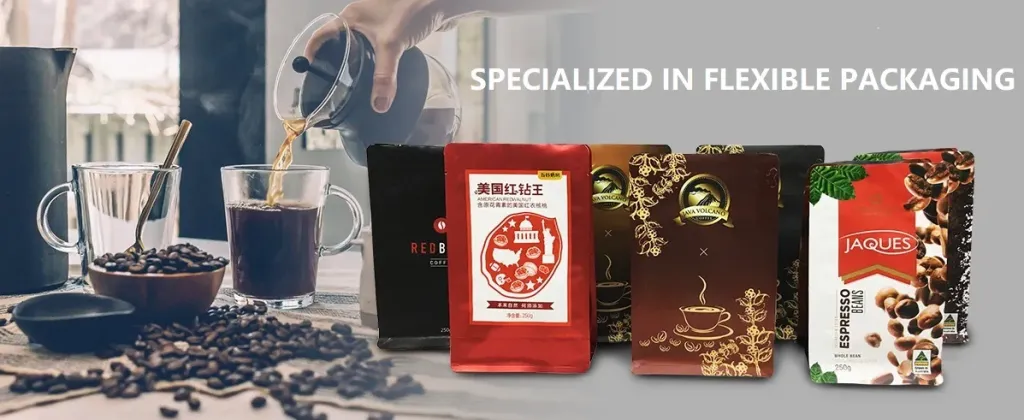Angled pipe fittings are essential components in many plumbing and piping systems, ensuring optimal flow and direction of fluids. These fittings come in various shapes and sizes to accommodate different angles and materials, meeting the diverse needs of residential, commercial, and industrial applications.

Understanding the nuanced world of angled pipe fittings begins with recognizing their role in facilitating smooth transitions in piping networks. By allowing pipes to change directions without causing undue stress or requiring sharp turns, these fittings help prevent potential leaks and maintain system integrity. They are commonly used in both high-pressure and low-pressure systems, making them versatile options for various uses.
When selecting angled pipe fittings, material choice is paramount.
It's crucial to match the fitting material with that of the pipes. Common materials include PVC, stainless steel, copper, and brass. Each material has its advantages PVC offers corrosion resistance and affordability, stainless steel provides strength and durability, copper stands out for its thermal conductivity, and brass is appreciated for its malleability and resistance to corrosion. Selecting the correct material ensures compatibility and longevity of the installation.

Installation expertise cannot be overstated. Incorrect installation often leads to leaks and system failures, which could result in costly repairs or replacements. It's imperative to employ skilled technicians familiar with the nuances of various fitting types and materials. Professional installers should be adept at measuring and cutting pipes to precise specifications, ensuring a snug fit that eliminates the risk of leaks. Moreover, they should be knowledgeable about sealing techniques pertinent to different materials, such as the use of thread sealants or joint compounds.
Regular maintenance is also key to preserving the functionality of angled pipe fittings. A proactive maintenance schedule that includes regular inspections and cleaning can prevent buildup and corrosion. Inspections should look for signs of wear and tear, such as cracks and leaks, which if addressed early, can prevent larger issues down the line. In environments prone to temperature fluctuations, it is especially important to check the expansion joints and ensure they are functioning correctly.
angled pipe fittings
Angled pipe fittings are not just about their mechanical purpose; they also play a role in system efficiency and sustainability. Efficient piping systems facilitate better fluid dynamics, reducing energy consumption in pumping operations. Choosing the right fittings and maintaining them properly contributes to the sustainability goals of many modern businesses, reflecting a commitment to efficient resource management.
Current market offerings in angled pipe fittings are broad, with manufacturers continuously innovating to improve efficiency and ease of use. Advances such as push-fit technology reduce installation time and require no specialized tools, simplifying the process for even less experienced installers. Additionally, some fittings now come with enhanced coatings that offer better resistance against specific environmental factors, such as high salinity air or chemical exposure.
Reliability and performance testing of angled pipe fittings are crucial in establishing trust and authority in their use. Many reputable manufacturers provide products that have undergone rigorous testing to meet industry standards. Certifications from recognized bodies offer assurance to customers regarding the quality and reliability of the fittings. Investing in such certified components pays dividends in reduced maintenance costs and improved system longevity.
In summary, angled pipe fittings are indispensable for ensuring fluid pathways that adhere to physical constraints and design preferences. Their selection, installation, and maintenance require an understanding underscored by experience, expertise, authoritativeness, and trustworthiness. As systems continue to evolve, staying informed about the latest innovations and industry standards ensures that these fittings continue to meet the high demands of present-day applications just as reliably as ever.
Post time:
Jan-20-2025











